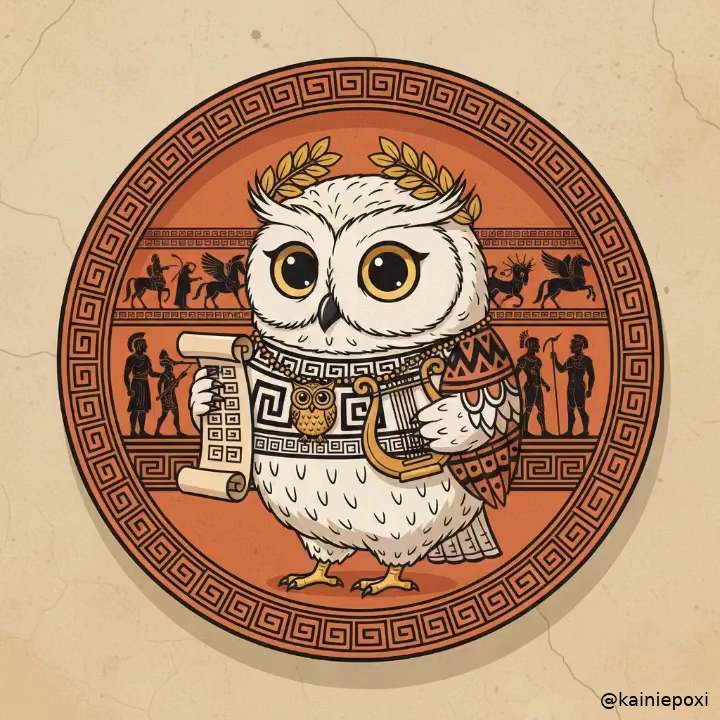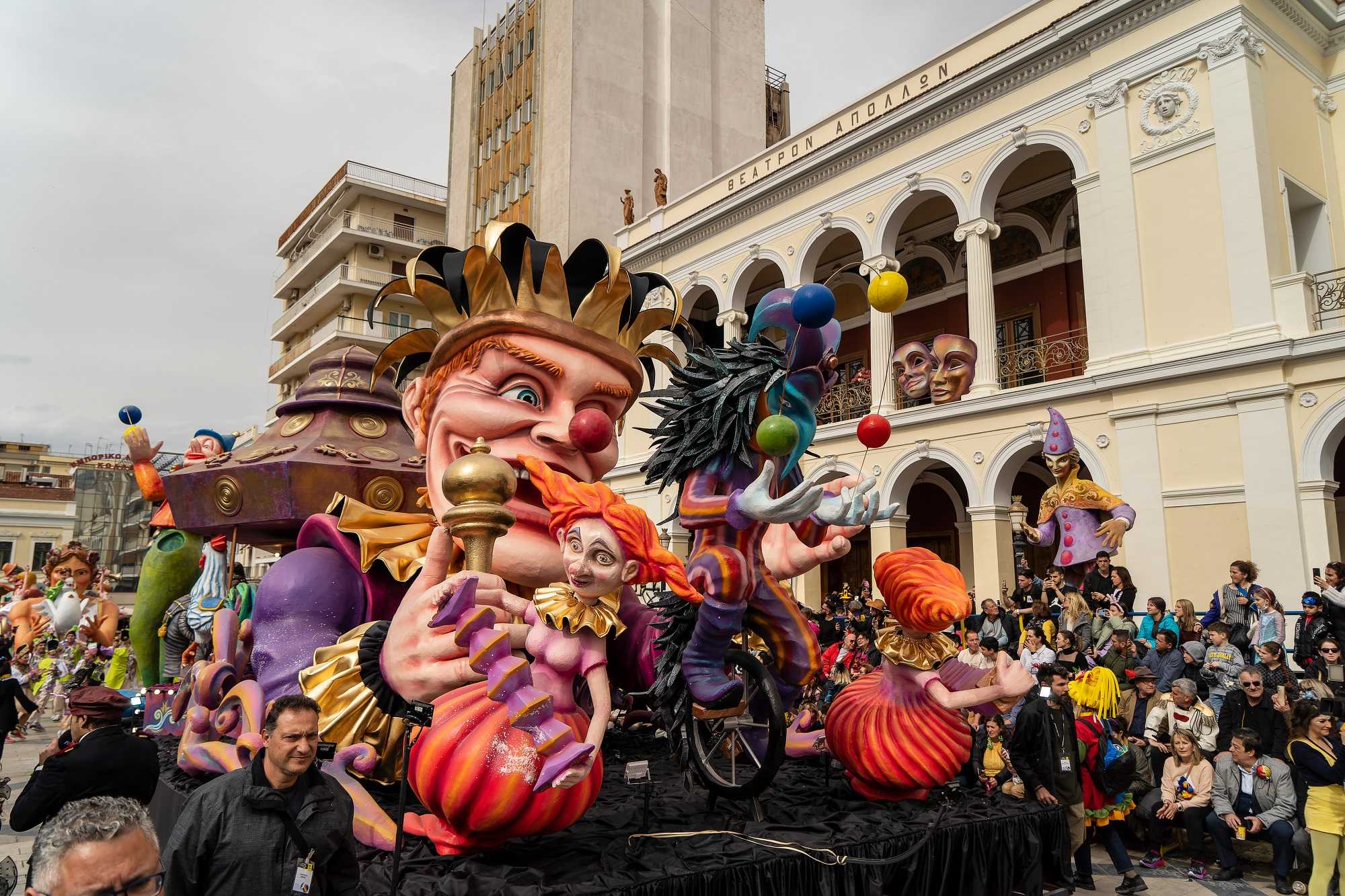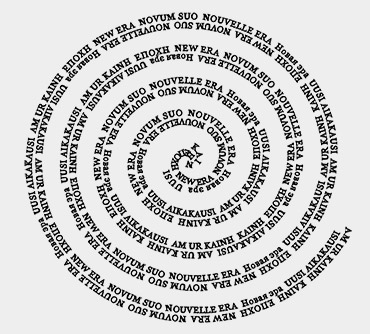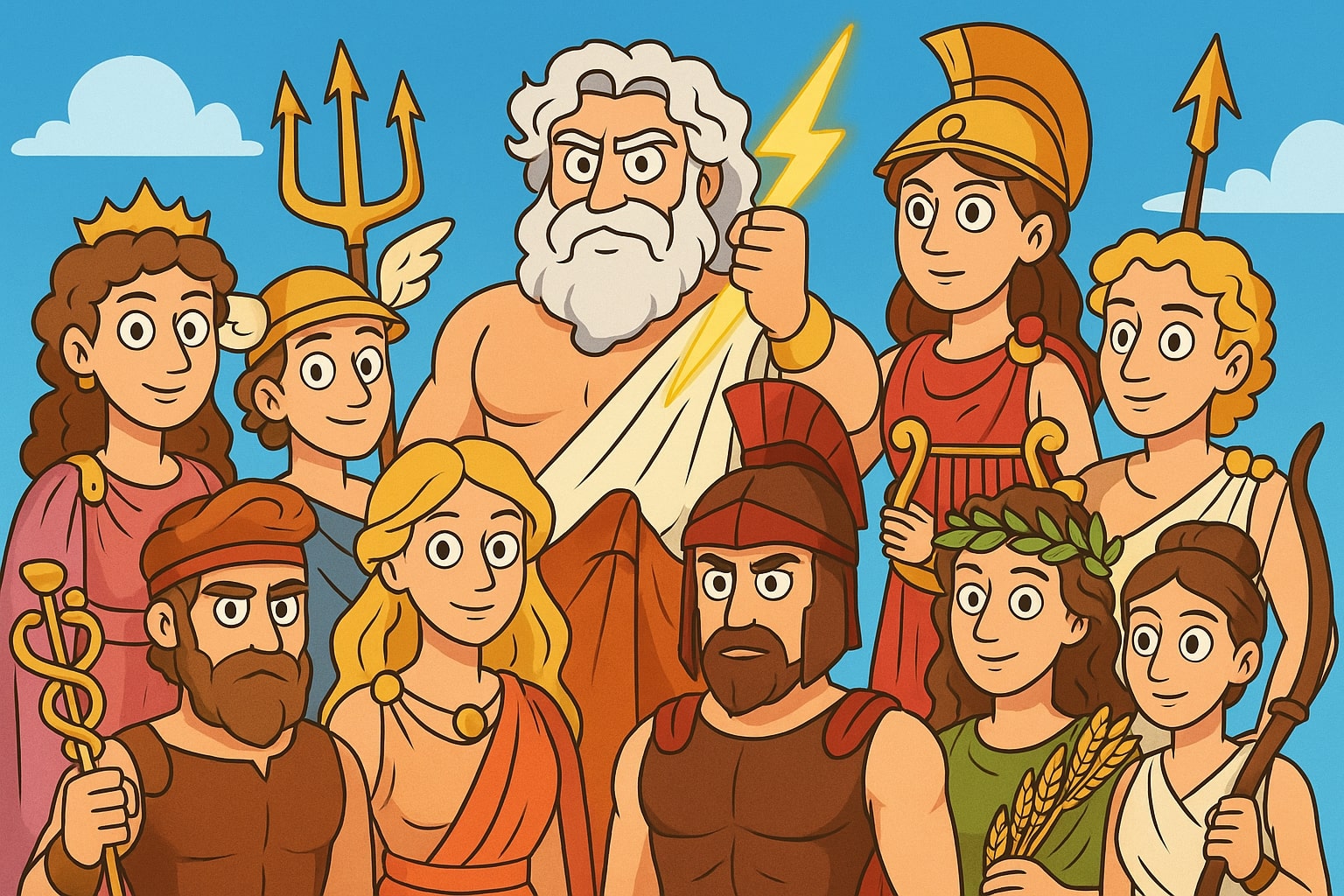History is full of strange tales—but few are as feathered and foul-mouthed as the story of the Byzantine parrots trained to swear at Empress Euphrosyne.
Yes, you read that right. Parrots. Somewhere in the shadowy corridors of Byzantine lore, there exists a story—half-whispered, half-laughed—that clever citizens of Constantinople once taught these corolful birds to curse their own Empress.
But how much truth lies beneath this tale? Let’s unpack the feathers of fact and fiction.
🏛 Who Was Empress Euphrosyne?
Empress Euphrosyne (not to be confused with later women of similar names) was the wife of Emperor Michael II (r. 820–829), founder of the Amorian dynasty. Her story was unusual even by Byzantine standards: she had taken monastic vows, but Michael—needing political legitimacy—pulled her from the convent to marry her.
A nun turned empress? Breaking her pact with God alone would have sparked gossip. Add in the intense political turbulence of the time, especially surrounding the Iconoclasm controversy (the debate over the veneration of icons), and it’s easy to imagine that not everyone in Constantinople welcomed Euphrosyne’s sudden rise to power.
🐦 Enter the Parrots
Now to the juicy part.
The tale goes that parrots—the exotic pets of the elite—were trained to mimic foul language, specifically targeted insults against the Empress. Some say they repeated mocking phrases about her past as a nun. Others suggest more colorful (and unrepeatable) obscenities.
Imagine strolling through a noble’s garden or an imperial hallway, only to hear a bright-feathered bird loudly shout:
«Woe to the nun-turned-queen!» or worse.
As bizarre as this sounds, parrots were known in antiquity and the medieval world for their mimicry. Wealthy households often kept them, and it’s not unthinkable that someone with enough time, wine, and political frustration might attempt such mischief.
📜 But Did It Really Happen?
Here’s the rub: there is no solid historical evidence that this ever occurred. Byzantine chroniclers like Theophanes Continuatus, Symeon the Logothete, or Genesius don’t mention any scandal involving parrots and profanity.
No imperial edicts survive banning parrots for “subversive speech.” The story is, instead, part of the oral and satirical tradition that often surrounded powerful figures in Byzantine society.
It may be a case of urban legend, passed down through generations, growing wilder with each telling. Or perhaps it was a clever invention of later writers—Byzantine or Western—seeking to highlight the decadence, eccentricity, or political backbiting of Constantinople’s elite.
🎭 Why We Love This Story Anyway
For starters, it rings true to the spirit of Byzantium: a city of opulence and intrigue, devout monks and sarcastic poets, holy relics and snarky birds.
It also reminds us that mocking power is nothing new. Whether through the comedies of Aristophanes or nowadays graffiti, people have always found creative ways to speak truth to power.
And in the Byzantine Empire, where politics and theater often walked hand in hand, a mindless but talkative creature, might have been the most honest commentator of them all.
🧠 Final Squawk
So, did parrots really insult Empress Euphrosyne?
Probably not. But the fact that such a story exists—and has endured for centuries—says a lot about how Byzantines viewed authority, humor, and the fine art of subversive chatter.
Whether historical fact or feathered fiction, it’s one more reason why Byzantine history remains one of the weirdest and most wonderful rabbit holes (or bird cages) in the past.
Editor’s note: No parrots were harmed in the making of this article, but quite a few swore upon us.













